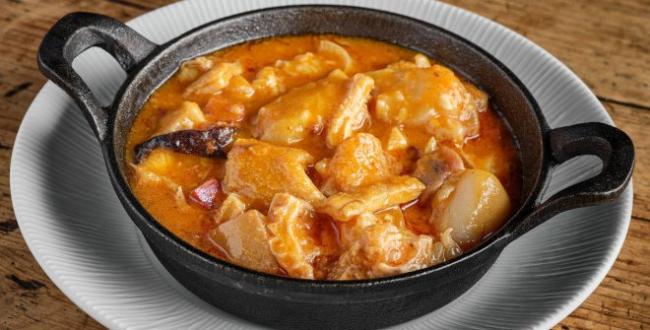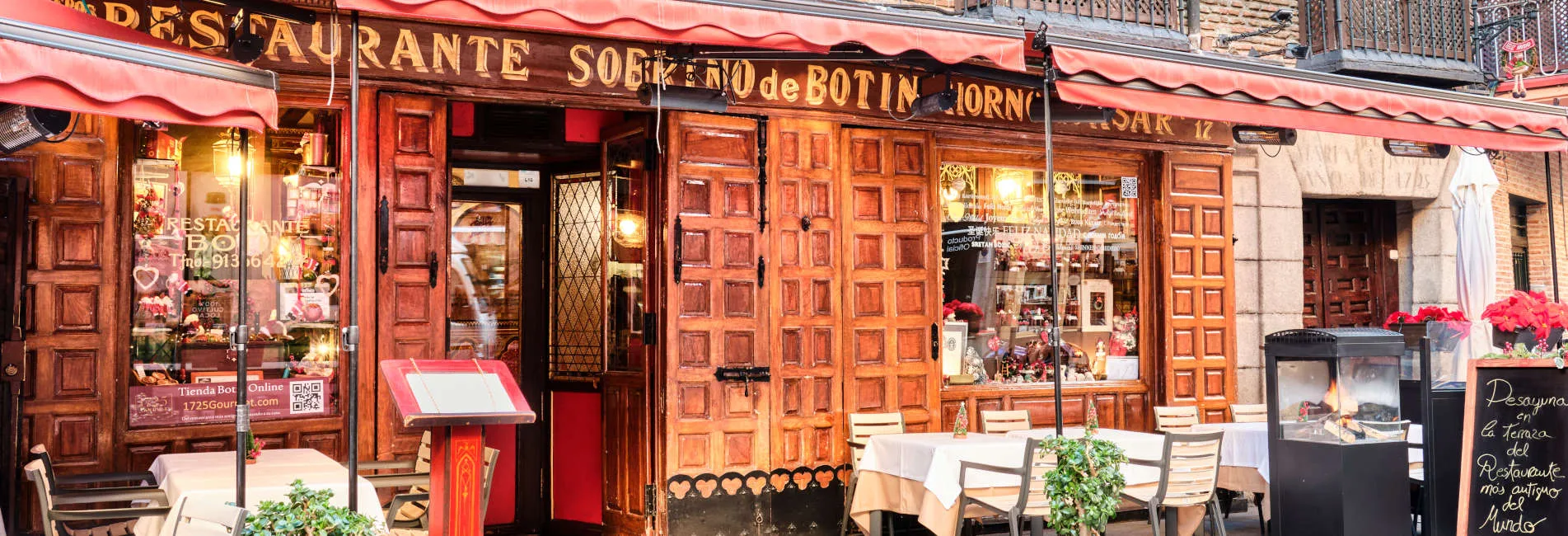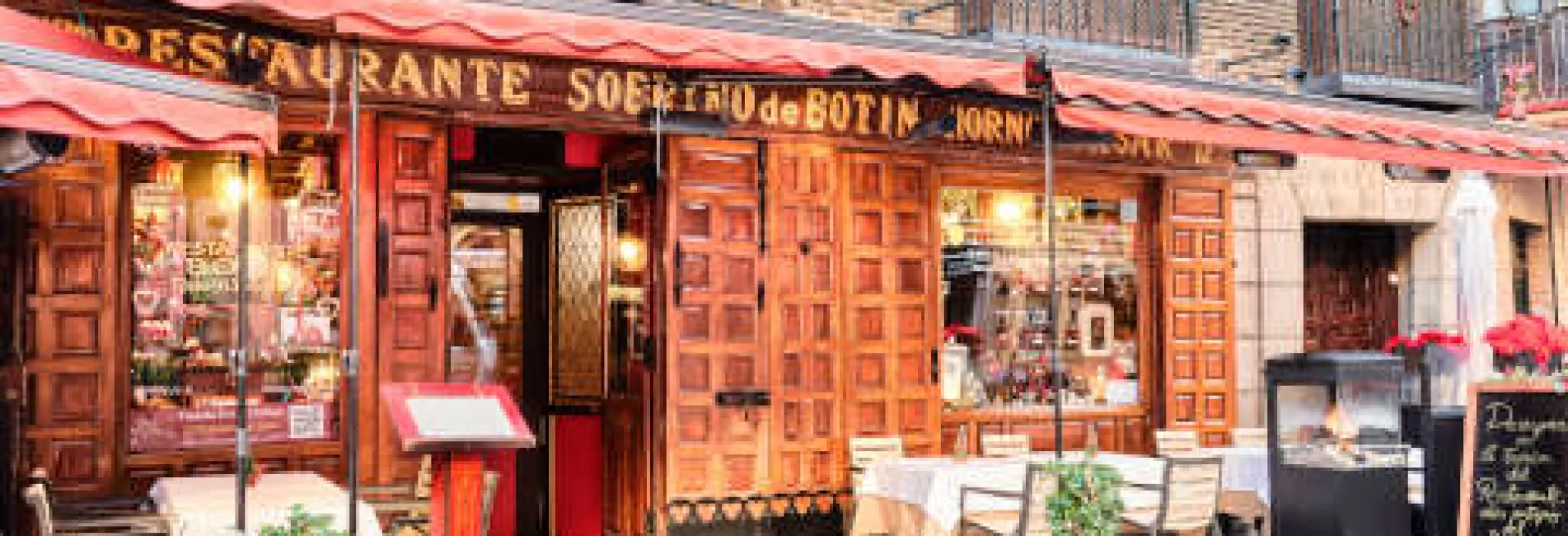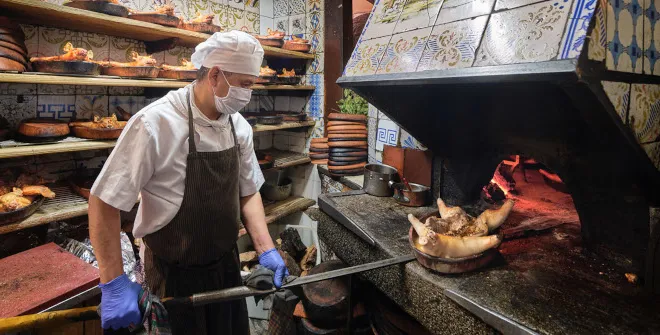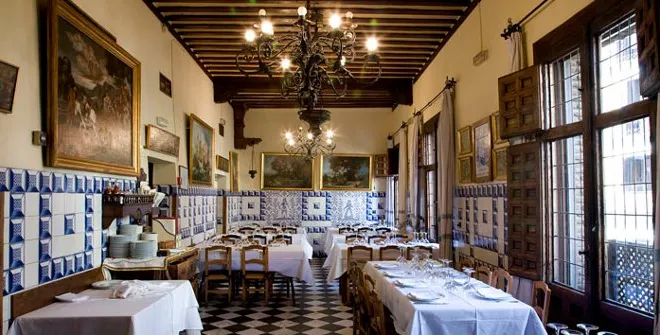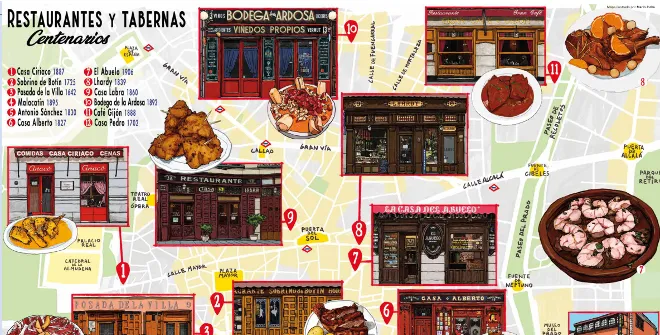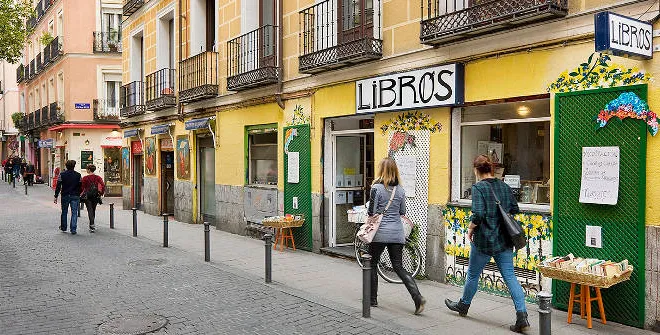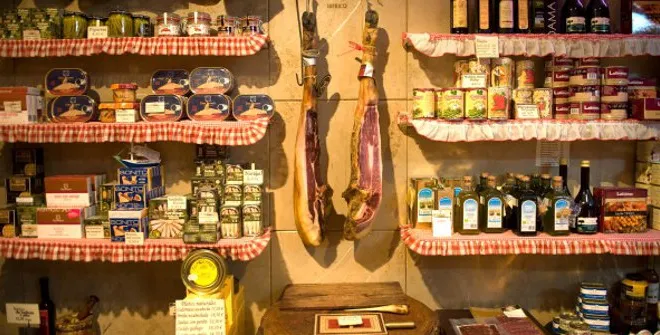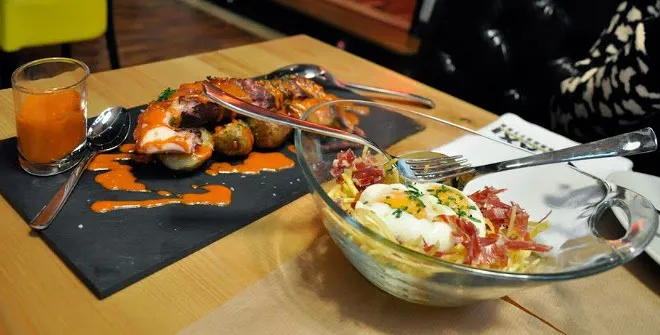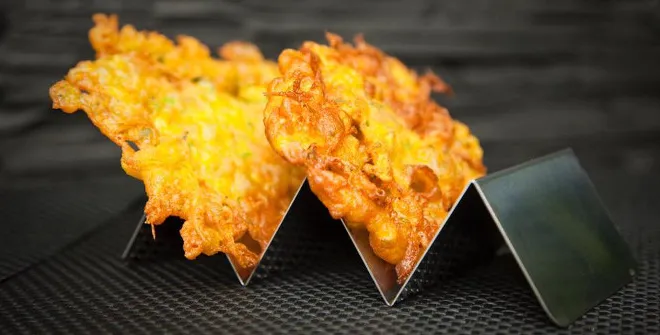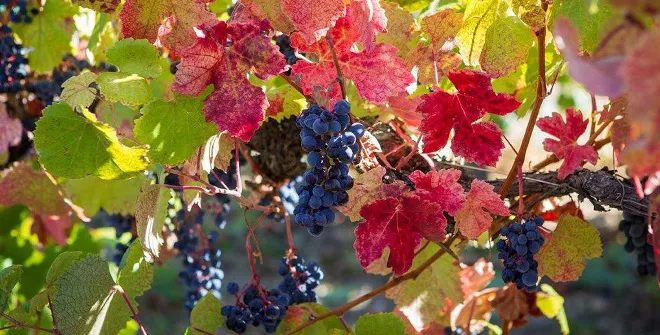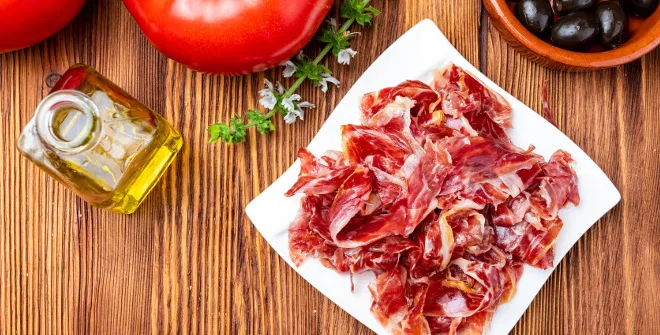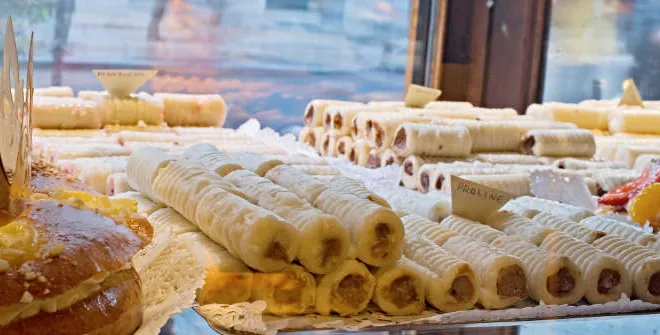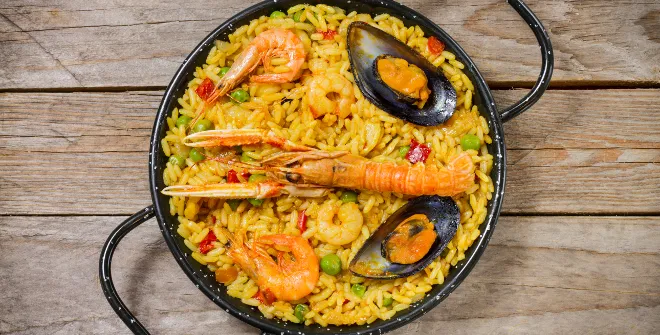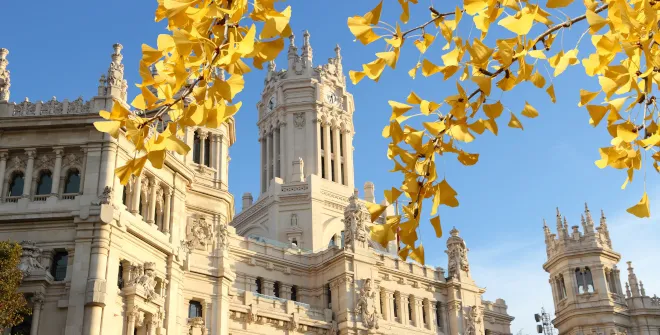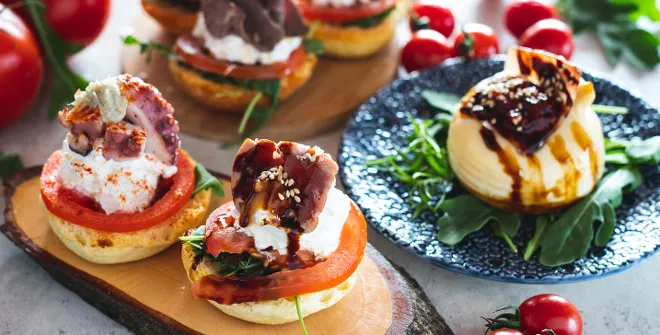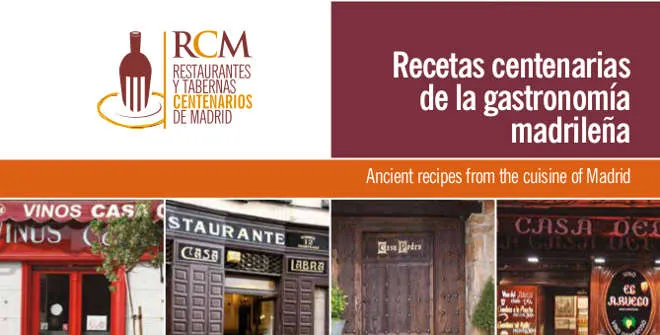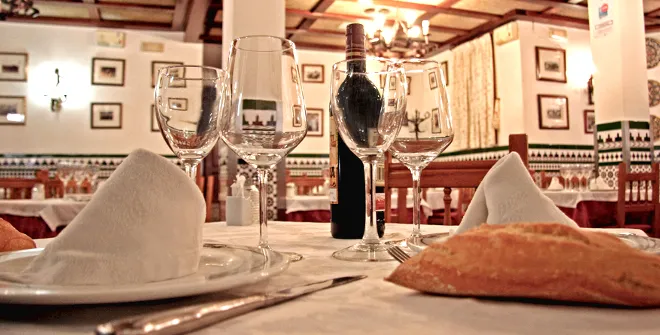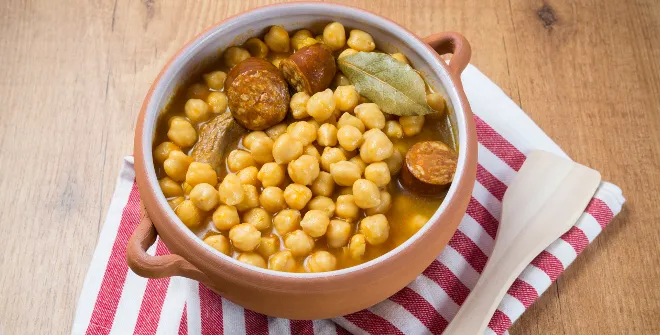Journey through centenary restaurants and taverns in Madrid through their autumn - winter dishes
Madrid has restaurants and taverns with an important gastronomic tradition and more than one hundred years in the preparation of the city’s typical dishes. The twelve establishments that form part of the Association of Centenary Restaurants and Taverns have selected their best dishes to sample during the autumn and winter season that will delight diners. Creations that have passed from one generation to another, maintaining the values of tradition, quality and good work of Madrid’s traditional cuisine. Move around the districts of Madrid and discover their gastronomy:
Austrias, one of the most iconic neighbourhoods with the most tradition in the city
Located in Calle de Cuchilleros, 17, this establishment founded in 1725, is considered to be the oldest restaurant in the world. This season, its star dish is roast suckling pig. Prepared over a low flame in its old Moorish oven, the suckling pigs are around twenty days old and the roasting process takes two and a half hours.
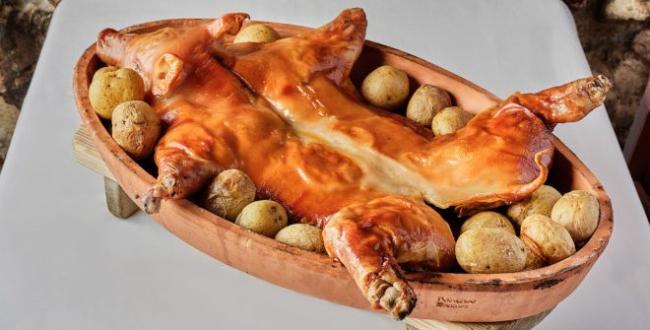
This tavern which is in Calle Mayor, 84, has formed part of the history of Madrid since the end of the 19th century. The recommended traditional dish is chicken fricassée. It is a recipe with a long history, with Arabic roots but of Spanish creation, whose main ingredients are bay leaves, minced garlic, parsley, saffron, chopped almonds and a glass of white wine.
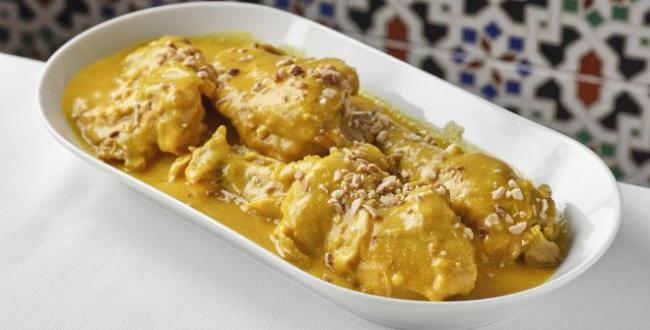
La Latina, one of the most bustling areas of Madrid
This centenary restaurant at Calle de la Cava Baja, 9, in La Latina quarter, became the first Inn of the Court in 1642, where food and shelter was given to all travellers arriving in Madrid. The roast lamb is its speciality dish, which is prepared in a roasting oven specialised in traditional Madrid cuisine. It is served with sliced potatoes and a lettuce and onion salad.
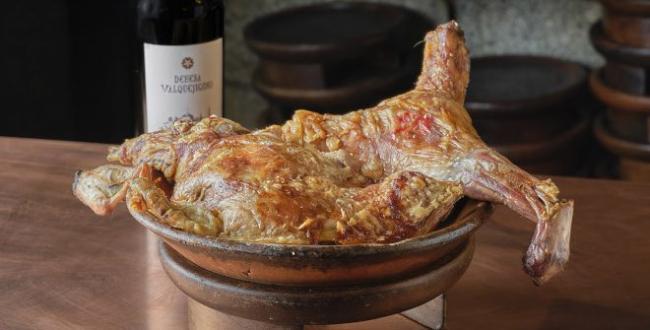
In the heart of the La Latina quarter, at Calle Ruda, 5, traditional Madrid cuisine can be found full of history in this tavern that opened its doors in 1895. Its speciality is the Madrid stew, a tasty dish served with chick peas and potatoes, bacon and cabbage with tomato sauce, and rounded off with black pudding, spicy sausage, pigs’ trotters, ham shoulder and chicken.
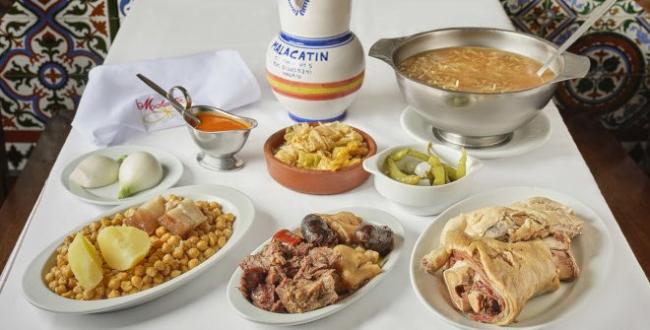
Sol-Gran Vía, the city’s tourist epicentre
Founded in 1906, this centenary tavern located close to the Puerta del Sol, at Calle de la Victoria, 12, is still run by the family that first opened its doors, maintaining its essence and tradition. Its menu features prawns, prepared in numerous different ways: grilled, in garlic and fried in batter. This season, its garlic prawns are recommended, undoubtedly one of the flavours of Madrid.
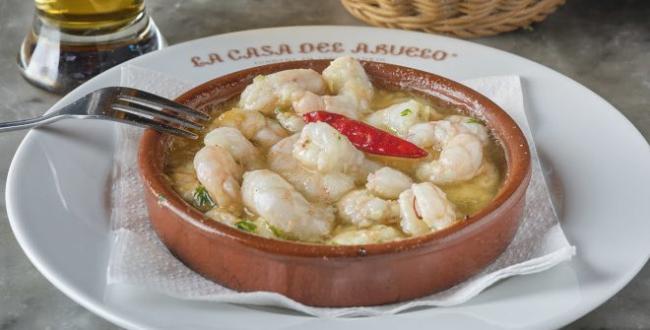
This centenary restaurant next to the Puerta del Sol, at Carrera de San Jerónimo, 8, which opened in 1839, stands out for its tradition, quality and impeccable service. One of the best dishes for this season is wild duck in orange, which is served in two parts in a bowl and covered in a sauce. It is accompanied with orange slices, boiled hazelnut and julienne potatoes with orange and lemon skins.
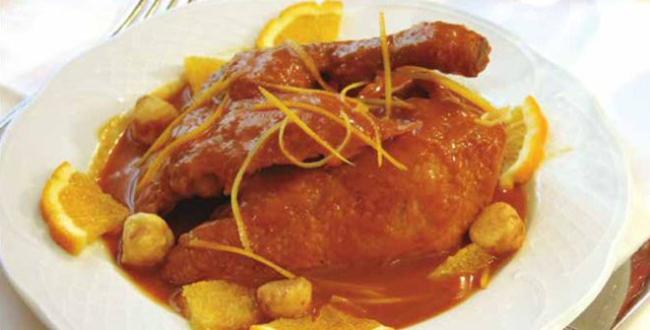
This centenary tavern, founded in 1860 at number 12, Calle Tetuán, is famous for its cod tapas. The establishment maintains its original decoration, with a curved façade adapted to the structure of the building. Cod pil-pil style prepared in the traditional way in a clay dish with garlic and chillies is the speciality dish on its menu.
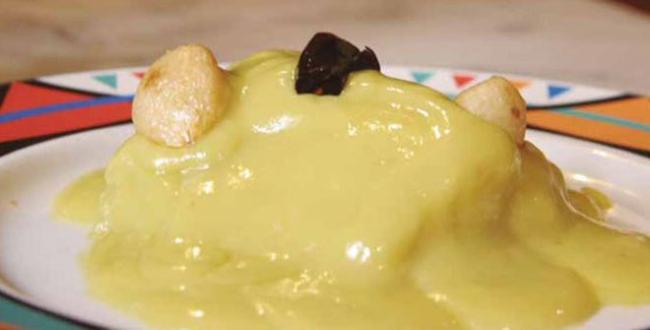
In Lavapiés, one of the most traditional and multi-cultural neighbourhoods
The oldest tavern in Madrid can be found at Calle Mesón de Paredes, 13, founded by the picador, Colita, (in bullfighting, the picador is the horse-mounted bullfighter that jabs the bull using a lance). The tavern’s décor stands out for its traditional style, turning it into a real museum. The recommendation for this season is its oxtail, which is made following a traditional recipe: coked in red wine, with a rich vegetable sauce and a very special sweet touch, fresh parsley and served with home-made chips.
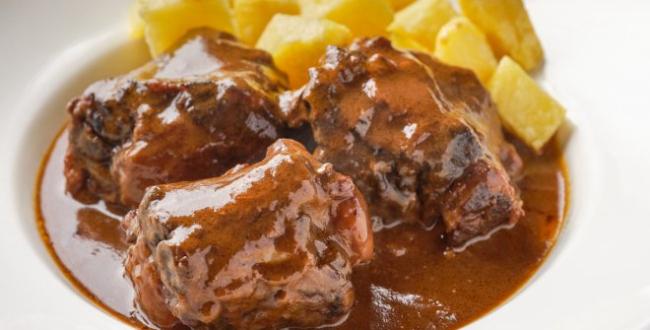
The Literary Quarter, residence of leading writers and artists
This centenary tavern is located in the heart of the Literary Quarter, more specifically at Huertas, 18, where you will be able to savour typical dishes from Madrid. It was founded in 1827, in the building where Cervantes lived and wrote his masterpieces. Oxtail also stands out on its menu, prepared in the traditional way and served piping hot, accompanied with chips and a sprinkling of chopped parsley.
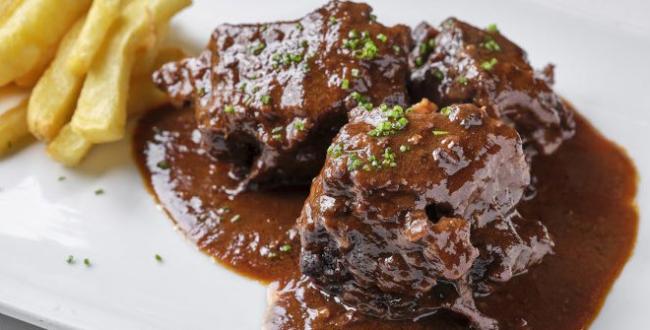
In Malasaña, the most bohemian and modern neighbourhood
A visit to the Malasaña neighbourhood would not be complete without going to Calle de Colón, 13 where this centenary tavern is located, founded in 1892, to enjoy a well poured beer or a classic vermouth on tap. The speciality of the house is Spanish omelette, one of the best in the city.
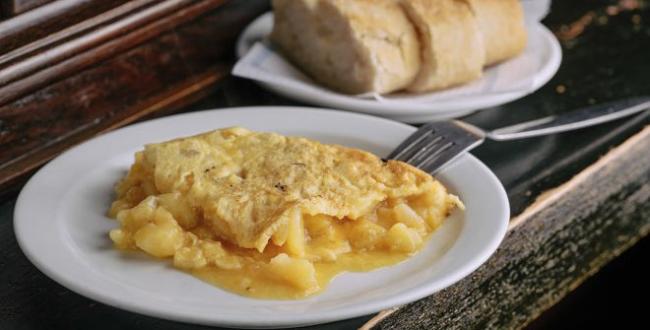
Art Walk (Paseo del Arte), the epicentre of cultural life
Paseo de Recoletos, 21 is home to the centenary Café Gijón, founded by Gumersindo Gómez from Asturias in 1888, which is considered to be the last literary cafeteria in Madrid. This season, you must try its tripe Madrid-style prepared following a traditional recipe, with ingredients such as chopped garlic and onion, chilli peppers, ham, spicy sausage and black pudding.
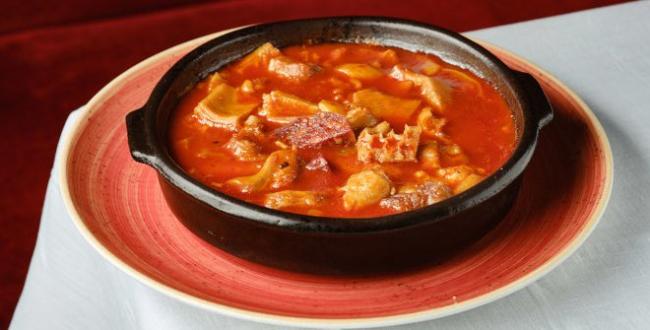
Beyond the city centre, visit Fuencarral
Located at Calle de Nuestra Señora de Valverde, 119, in the Madrid district of Fuencarral, this restaurant, founded in 1702, is one of the references of traditional Spanish and Madrid cuisine, using age-old recipes. Its star dishes are stews and for this season, its tripe and oxtail are highly recommended. In these dishes, the ingredients are what sets them apart and they are both cooked over a low flame.
